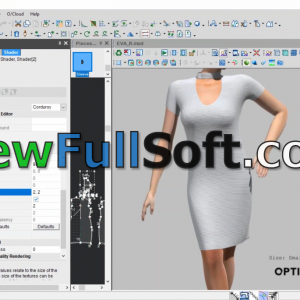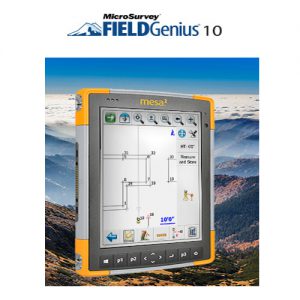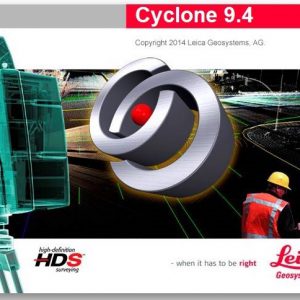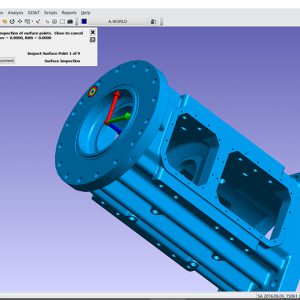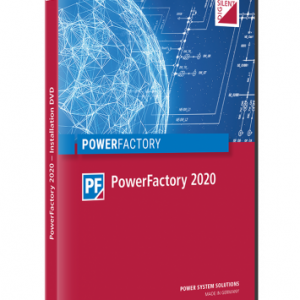$85.00
Midas Civil is the most powerful software for analyzing and designing steel, concrete, wood, aluminum and composite structures. Experienced engineers who have a good understanding of the concept of modeling, analysis and design of a structure are well aware of this well-known and professional software. Three years of experience, along with suggestions from engineers working with Midas Civil, have made it the most applicable design and analysis software available in the global marketplace. The toolbars embedded in the graphical user interface make it easy to enter the information needed for modeling, analysis, and design.
The option of creating predefined structures (ready templates) allows the user to create their own structural models in a short period of time. By specifying the height, width, length and number of openings in each direction, the model can be constructed; the above feature is ideal for modeling roof structures, bridges and skyscrapers. Midas Civil accommodates spreadsheet data in its environment, making it easy to create structures with complex geometries. This is useful for modeling complex structures such as bridges, cooling towers, pressure vessels and even amphibious trains.
Description
Considering the algebraic sign of structural reactions during spectral analysis
– Very powerful graphics
– Optimal meshing
– Determine the level of performance of the structure based on acceptance criteria
– Ability to transfer MIDAS / GEN analysis results to MIDAS / SDS software
– Determine the capacity of beam members, columns and shear walls according to FEMA regulations
– Highly accurate results based on spreadsheet format
– Optimization of steel structures based on strength and relative cross-sectional displacement
– Ability to transfer MIDAS / FX + modeling to MIDAS / CIVIL and MIDAS / GEN
– Detailed design details of metal, concrete, composite, slab and foundation members
– Automatic loading of wind, earthquake and gravity load
1. Automatic Generation of Moving Train Loads for Dynamic Analysis
2. Debonded Length of Pretensioned Beam
3. Correction of Tendon Force/Stress within Transfer Length of Pretensioned Beams
4. Moving Load Analysis including Centrifugal Force Effects to AASHTO LRFD
5. Update to CS 454 revision 1 for the UK Bridge Assessment
6. Application of Combined Special Vehicle and ALL model 1 for CS 454 Assessment
7. Separate the Results of Combined Vehicles for CS 454 Assessment
8. Pretensioned Beam Design at Transfer to AS 5100.5
9. Transmission Zone Design of Pretensioned Beam to AS 5100.5
10. Crack control for the Slab of PSC Composite Girder to AS 5100.5
11. Joint Check of Segmental Construction to BS 5400.4
12. Response Spectrum Function : IRC SP 114:2018
13. Auto Temperature Gradient as per IRC 6:2017
14. Improvement in Auto Load combinations as per IRC 6:2017
15. Update in General Section Designer as per IRS Specifications




